Caviar, often considered the epitome of luxury, has a rich history that dates back centuries. Derived from the roe of sturgeon fish, this delicacy has become synonymous with high-class dining and extravagant lifestyles. However, as the demand for caviar continues to rise, so does the presence of fraudulent or fake products in the market. In this article, we will delve into the key differences between fake caviar and real caviar, helping consumers make informed choices when indulging in the world of this exquisite culinary delight. 1. Source and Authenticity: Real Caviar: Authentic caviar comes from selected species of sturgeon fish, including the Beluga, Oscietra, and Sevruga. These fish are typically found in the Caspian Sea, the Black Sea, and other specific regions.
.
 True caviar undergoes a meticulous process, carefully harvested from mature fish, and each egg is individually sieved and sorted by hand to ensure premium quality. Fake Caviar: Fake caviar, also known as imitation or substitute caviar, is made from fish roe other than sturgeon. Common substitutes include paddlefish, whitefish, lumpfish, or even vegetable-based products. Although these alternatives may have a similar appearance and texture, they lack the unique flavor profile of true caviar. 2. Flavor and Texture: Real Caviar: Authentic caviar boasts a distinct flavor and texture that is unparalleled. The taste profile can range from buttery and creamy to nutty or slightly briny, depending on the type of sturgeon and its origin. The eggs are delicate, bursting with a silky smooth texture when consumed. Fake Caviar: Imitation caviar often falls short in terms of flavor and texture.
True caviar undergoes a meticulous process, carefully harvested from mature fish, and each egg is individually sieved and sorted by hand to ensure premium quality. Fake Caviar: Fake caviar, also known as imitation or substitute caviar, is made from fish roe other than sturgeon. Common substitutes include paddlefish, whitefish, lumpfish, or even vegetable-based products. Although these alternatives may have a similar appearance and texture, they lack the unique flavor profile of true caviar. 2. Flavor and Texture: Real Caviar: Authentic caviar boasts a distinct flavor and texture that is unparalleled. The taste profile can range from buttery and creamy to nutty or slightly briny, depending on the type of sturgeon and its origin. The eggs are delicate, bursting with a silky smooth texture when consumed. Fake Caviar: Imitation caviar often falls short in terms of flavor and texture.
..
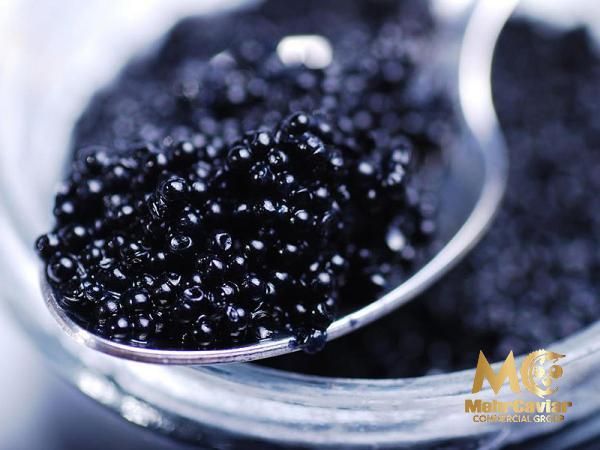 While some substitutes try to mimic the pop and texture of real caviar, they often lack the complexity and nuances that caviar aficionados appreciate. Additionally, fake caviar may have artificial flavors or additives to replicate the taste, which can compromise its quality and authenticity. 3. Pricing and Accessibility: Real Caviar: True caviar is a luxury product with a price tag that reflects its rarity and premium quality. It is often considered a symbol of exclusivity, making it relatively expensive and inaccessible for many. Genuine caviar is primarily sourced from certified suppliers who adhere to strict regulations and sustainable practices to ensure the survival of the endangered sturgeon population. Fake Caviar: Imitation caviar serves as an affordable alternative for those seeking to experience the essence of caviar without breaking the bank.
While some substitutes try to mimic the pop and texture of real caviar, they often lack the complexity and nuances that caviar aficionados appreciate. Additionally, fake caviar may have artificial flavors or additives to replicate the taste, which can compromise its quality and authenticity. 3. Pricing and Accessibility: Real Caviar: True caviar is a luxury product with a price tag that reflects its rarity and premium quality. It is often considered a symbol of exclusivity, making it relatively expensive and inaccessible for many. Genuine caviar is primarily sourced from certified suppliers who adhere to strict regulations and sustainable practices to ensure the survival of the endangered sturgeon population. Fake Caviar: Imitation caviar serves as an affordable alternative for those seeking to experience the essence of caviar without breaking the bank.
…
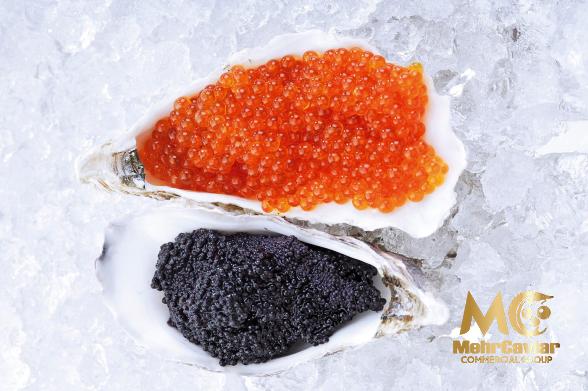 It is widely available in various supermarkets, gourmet stores, and online platforms, offering accessibility to a broader market. However, these substitutes cannot replicate the true luxury and indulgence associated with real caviar. Conclusion: When it comes to caviar, authenticity and quality make all the difference. Real caviar, sourced from skilled producers who follow sustainable practices, offers a unique flavor experience that cannot be replicated by imitations. Although fake caviar serves as a cheaper alternative, it lacks the elegance and exclusivity associated with the real deal. Whether it is for a special occasion or to elevate everyday dining, choosing real caviar ensures a truly exceptional and authentic gastronomic experience.
It is widely available in various supermarkets, gourmet stores, and online platforms, offering accessibility to a broader market. However, these substitutes cannot replicate the true luxury and indulgence associated with real caviar. Conclusion: When it comes to caviar, authenticity and quality make all the difference. Real caviar, sourced from skilled producers who follow sustainable practices, offers a unique flavor experience that cannot be replicated by imitations. Although fake caviar serves as a cheaper alternative, it lacks the elegance and exclusivity associated with the real deal. Whether it is for a special occasion or to elevate everyday dining, choosing real caviar ensures a truly exceptional and authentic gastronomic experience.
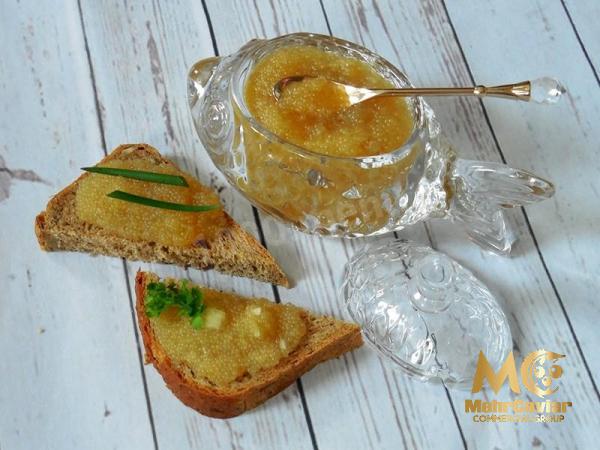
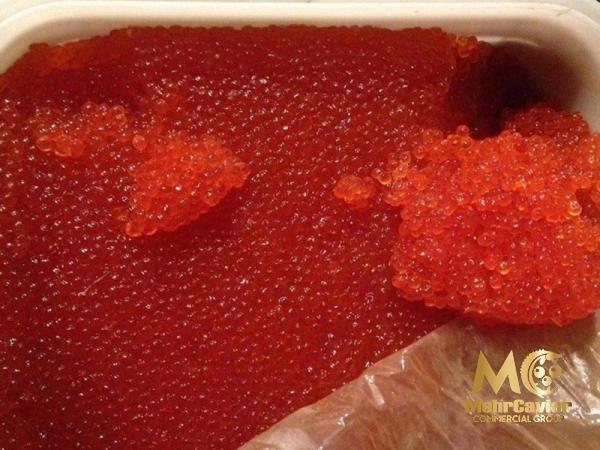
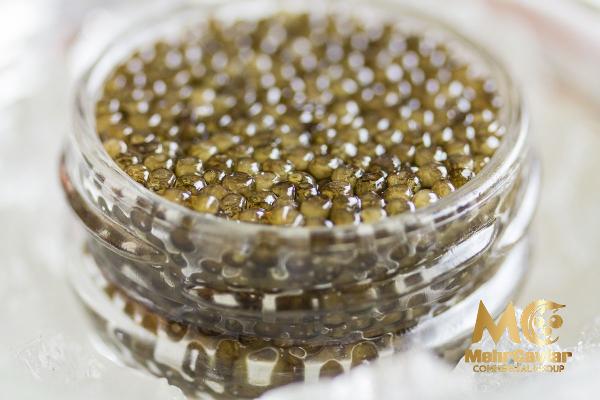

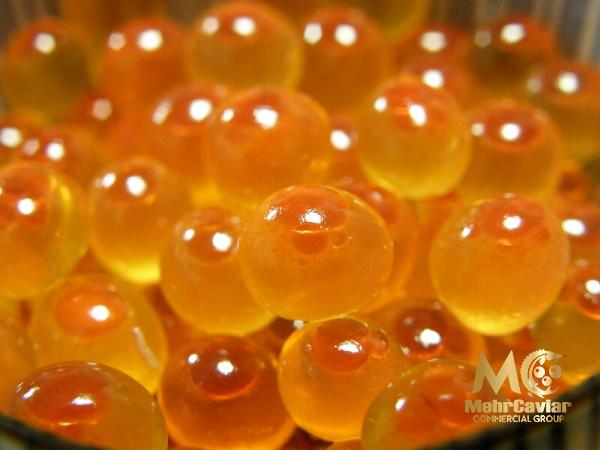


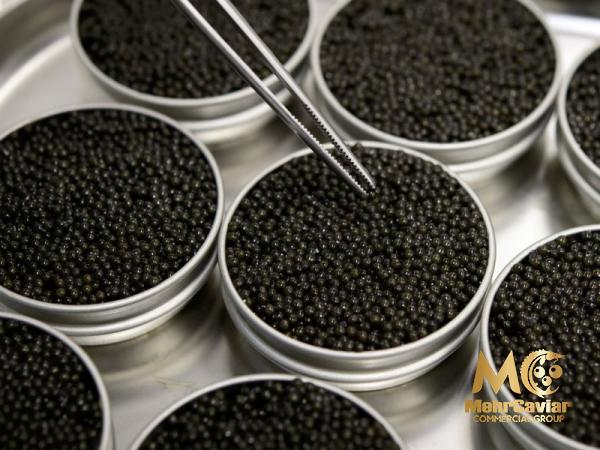
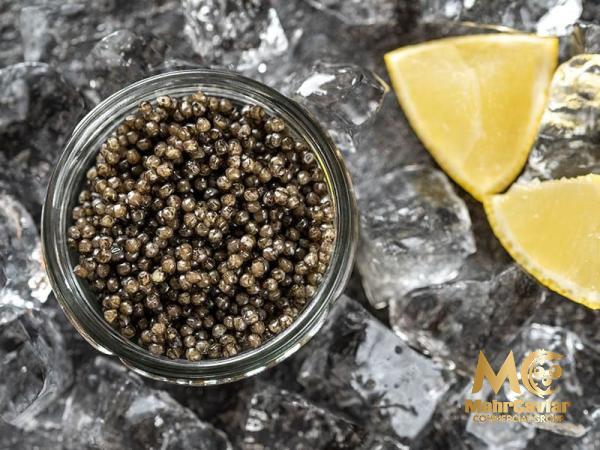
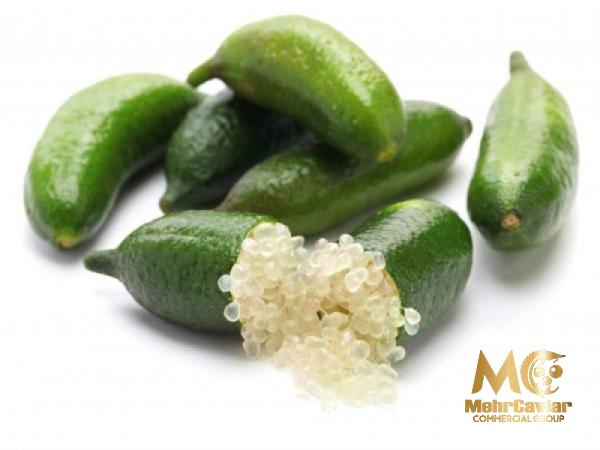
Your comment submitted.